Dallas Cowboys in the Hall of Fame
Dallas Cowboys in the Hall of Fame
Their Remarkable Journeys to Canton
David Thomas
ROWMAN & LITTLEFIELD
Lanham Boulder New York London
Published by Rowman & Littlefield
A wholly owned subsidiary of The Rowman & Littlefield Publishing Group, Inc.
4501 Forbes Boulevard, Suite 200, Lanham, Maryland 20706
www.rowman.com
Unit A, Whitacre Mews, 26-34 Stannary Street, London SE11 4AB
Copyright 2016 by David Thomas
All rights reserved . No part of this book may be reproduced in any form or by any electronic or mechanical means, including information storage and retrieval systems, without written permission from the publisher, except by a reviewer who may quote passages in a review.
British Library Cataloguing in Publication Information Available
Library of Congress Cataloging-in-Publication Data
Names: Thomas, David, 1968 June 21
Title: Dallas Cowboys in the Hall of Fame : their remarkable journeys to Canton / David Thomas.
Description: Lanham : ROWMAN & LITTLEFIELD, [2016] | Includes bibliographical references and index.
Identifiers: LCCN 2015039186| ISBN 9781442255685 (hardcover : alk. paper) | ISBN 9781442255692 (ebook)
Subjects: LCSH: Dallas Cowboys (Football team)History. | Football playersUnited StatesBiography.
Classification: LCC GV956.D3 T56 2016 | DDC 796.332/64097642812dc23
LC record available at http://lccn.loc.gov/2015039186
 The paper used in this publication meets the minimum requirements of American National Standard for Information SciencesPermanence of Paper for Printed Library Materials, ANSI/NISO Z39.48-1992.
The paper used in this publication meets the minimum requirements of American National Standard for Information SciencesPermanence of Paper for Printed Library Materials, ANSI/NISO Z39.48-1992.
Printed in the United States of America
Contents
Introduction
T he road from the home of the Dallas Cowboys to Canton, Ohio, is nearly a 1,200-mile trip. For members of the Pro Football Hall of Fame, however, the trip to the home of footballs ultimate club is a journey yearseven decadesin the making.
As would be expected for a franchise that has made eight Super Bowl appearanceswinning fivethe Cowboys have produced more than their share of members of that club. Twenty-two Cowboys have been inducted into the Hall of Fame. Fifteen were inducted as Cowboys, while seven others played smaller portions of their careers wearing the helmet bearing a star on each side. Twenty were players, one was a coach, and one an executive. That range is fitting for a franchise that, for much of its existence, has been known for representing excellence on the field, on the sideline, and in the front office.
From 1960, when the Cowboys took the field for the first time, to 2006, Dallas fans had the opportunity to watch at least one future hall of famer. For all but one of those forty-seven seasons, the Cowboys sported at least two future hall of famers. Each year of the 1970s, when Dallas played in five of the decades 10 Super Bowls, there were never fewer than six Cowboys who were on the road to Canton.
It is difficult to discuss hall of famers without mentioning their numbers, because statistics are the measuring stick of sports. And, naturally, the Cowboys in the Hall of Fame racked up impressive statistics.
Emmitt Smith rushed for 18,355 yards. Bob Lilly was selected to 11 Pro Bowls, including 10 consecutively. Bob Hayes averaged 20.0 yards per reception during his career. Deion Sanders scored 18 touchdowns via kickoff, punt, and interception returns. Tony Dorsett rushed for at least 100 yards in 43 games as a Cowboy.
But hall of famers are more than a collection of impressive statistics. They are people, and while their paths merged while they worked with teammates toward a common goal on the football field, they each followed their own unique journeys to the Hall of Fame.
Dorsett was a heralded star. Smith faced doubters who claimed that at the next levelwhatever that level may behis size would limit him. Roger Staubach was not a starting quarterback until his senior year in high school and then placed his football career on hold to serve his country, fully aware that football might not be waiting for him when his military service ended. Larry Allen survived tough streets and a path rarely taken to the NFL. Tom Landry was inducted into the Hall of Fame the year after he left coaching. Rayfield Wright, inexplicably, did not enter the Hall until 27 years after he retired. Bob Hayes had already passed away when his induction finally came.
Yet, from such diverse backgrounds, 22 men who called the Cowboys their team earned a place in footballs most exclusive group. They all wore the star, and they wore it well.
These are the stories of their unique journeys to the Hall of Fame.
Troy Aikman
A Winner
Troy Kenneth Aikman
Class: 2006 (Harry Carson, John Madden, Warren Moon, Reggie White, Rayfield Wright)
Seasons with Cowboys: 19892000
Other NFL teams: None
Positions: Quarterback
Colleges: Oklahoma, UCLA
O n the day he signed his first contract with the Dallas Cowboys, Troy Aikman said he hoped that within five years, the teams fans would be comparing him with Roger Staubach. Five years later, he had won the same number of Super Bowls as Staubach, and there still was one more Vince Lombardi Trophy that Aikman would hoist.
It was none other than Staubach himself who would later rank Aikman as the best draft pick in franchise history.
Troy Aikman resurrected the Cowboys, Staubach said as Aikman prepared to enter the Hall of Fame as part of the class of 2006.
Throughout Aikmans career, he was lauded for his pinpoint passing accuracy, arm strength, leadership, and willingness to sacrifice individual numbers for team success. There was one word, however, that was most often employed to describe what Aikman did best: win .
When Norv Turner, the Cowboys offensive coordinator from 1991 to 1993, presented Aikman at the Hall of Fame induction ceremony, he told of being asked by an interviewer a couple of years earlier whom he would choose as his starting quarterback if given only one game to coach. Turner easily picked the quarterback for whom he called plays for two Super Bowl championships.
The interviewer politely asked me why, Turner told the crowd. I said, Because I want to win.
Wise choice.
No quarterback to that point in NFL history had won more games in a decade than Aikman did in the 1990s, when he led the Cowboys to 90 victories in his starts. That figure does not include the 11 postseason games the Cowboys won under Aikman, who often was at his best in games that mattered most. Aikman owned a 30 record in Super Bowls and a 31 mark in NFC Championship Games.
Troy Aikman won his way to Canton. But if not for a family move, he might have set his sights on Cooperstown instead.
Big-League Dreams
Baseball was Aikmans first love growing up in Cerritos, California. Although he began playing football at age seven, he dreamed of playing baseball for the University of Southern California and pursuing a major-league career. When he was 12, his parents moved to the small town of Henryetta, Oklahoma (population approximately 6,000), where football reigned as the supreme sport.
Aikman did not tell coaches at Henryetta Middle School that he had played quarterback on his youth teams in California, and they inserted him into the lineup at fullback. After his eighth-grade year, he informed his coaches he had experience at quarterback. With one look at his powerful throwing arm, the coaches moved him forward a few steps in the backfield, and his days of receiving handoffs were over.
Aikman began playing on varsity as a sophomore, and even though the Fighting Hens run-based, split-back veer offense did not present Aikman with many opportunities to show off his arm, he quickly gained recognition among the states best quarterbacks. After football season, he became a starter on the basketball teamthe only sophomore starter alongside four seniors.
Next page


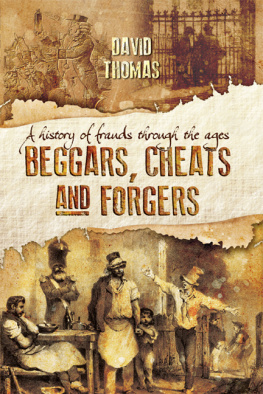


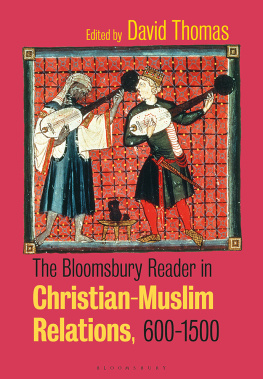

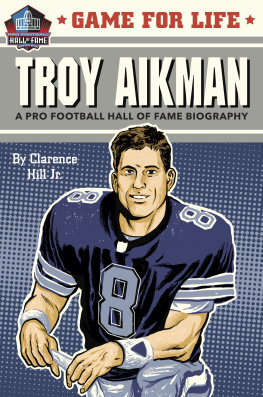
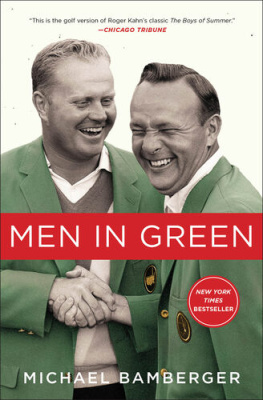
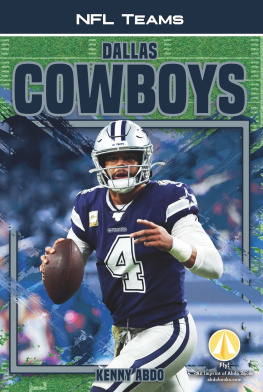
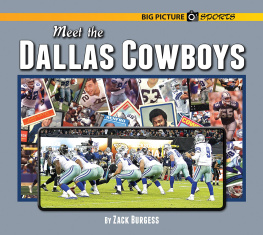
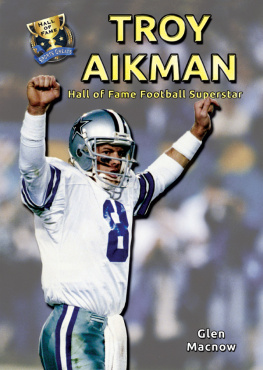

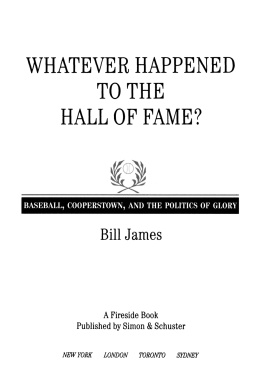
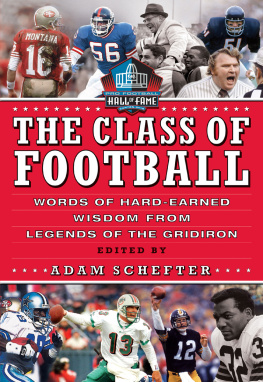
 The paper used in this publication meets the minimum requirements of American National Standard for Information SciencesPermanence of Paper for Printed Library Materials, ANSI/NISO Z39.48-1992.
The paper used in this publication meets the minimum requirements of American National Standard for Information SciencesPermanence of Paper for Printed Library Materials, ANSI/NISO Z39.48-1992.